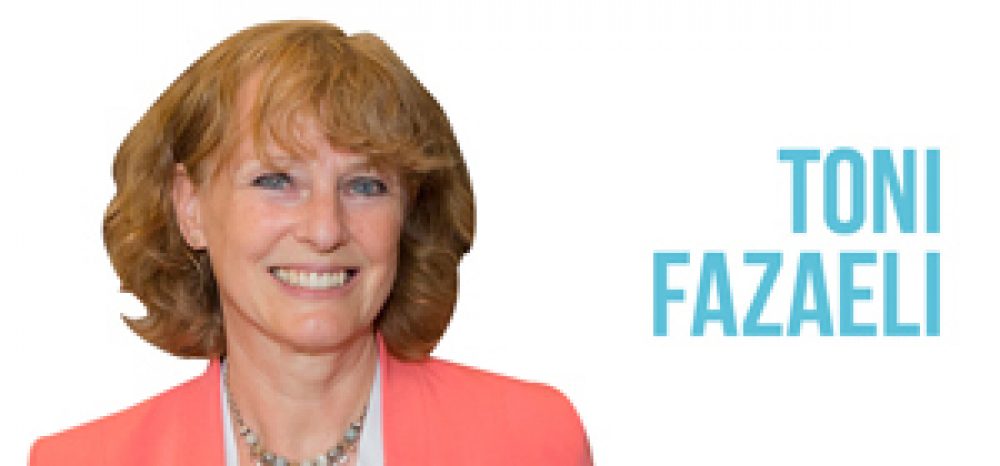The education of young offenders looks set to improve drastically with the government’s announcement of Secure Colleges, where the current average of 12 hours a-week learning will double. Toni Fazaeli explains how it might affect FE staff and providers.
We welcome the government’s recent proposals to refocus the culture of youth custody from detention to learning.
Secure colleges provide an opportunity for a revolution in the rehabilitation of young offenders, but, as the Prisoner Learning Alliance’s latest report, Smart Rehabilitation, clearly highlights, learning provision must be outcome-focused, joined up and value-driven.
Of the very small minority of young people who commit crimes, around 1,300 are currently serving a custodial sentence, almost three-quarters of them in one of Her Majesty’s young offender institutions.
Proposals announced by the Ministry of Justice in Transforming Youth Custody seek to gradually replace the current secure youth estate with new secure colleges, while taking measures to improve the quality of education and training and resettlement arrangements for those young people currently in custody.
Young offender institutions deliver, on average, only 12 hours of learning a-week, despite being contracted to deliver 15 hours, and this is set to be nearly doubled to 24 hours under the new proposals.
Young offender institutions deliver, on average, only 12 hours of learning a-week
We have more than 1,500 members who teach in prisons, and our response to the ministry’s consultation last year on introducing secure colleges was informed by the views of teachers and trainers directly involved in offender learning.
Despite public expenditure of between £65,000 and £212,000 a-year for each place in young offender institutions, secure training centres and secure children’s homes, nearly 75 per cent of young people leaving custody reoffend within one year.
The main difference between secure colleges and existing forms of youth custody will lie in their culture.
Secure colleges are to be places of learning first and detention second. So the decision about who will run secure colleges is an extremely important one — there should be one lead provider overseeing education and custodial functions, as opposed to the current arrangement whereby separate contractors manage these processes.
The winning provider must demonstrate a high-level understanding of effective teaching and learning strategies for the most hard-to-engage young people. We believe that local FE providers should be in the lead.
Teachers and trainers told us that those seeking to run secure colleges, and those preparing to bid for new and renewing Olass (Offenders’ Learning and Skills Service) contracts later this year, should major on offering excellent quality teaching and learning.
Significant barriers to improving education and training in youth secure estates currently include lack of access to up-to-date equipment, facilities and resources (even something as basic as internet access), according to almost all (98 per cent) of the respondents.
The key message from our research is that working with young offenders in a teaching and training capacity is a highly specialised role and always involves working with young people who have highly complex emotional, social and learning needs.
This was recognised in the ministry’s commitment to a professional qualifications framework for custodial staff who work with young offenders. It is frankly unbelievable, however, that the same commitment was not made to ensuring that there will be qualified, highly skilled and specialist teachers and trainers, given that theirs is such an important role in securing successful outcomes and improved life chances for young offenders.
There are some real practical and systemic issues for policymakers to consider. How accessible is the local college or provider offer for a young person leaving custody? How strong is the relationship with local youth offending teams? On average, most young offenders spend 110 days in custody, so they need provision that is local, tailored to their needs and available outside the traditional academic calendar.
Thankfully, the number of young people committing crimes and receiving the last resort of a custodial sentence is falling.
Our job now is to work out how, together, we can cultivate a passion for the power of learning in the hearts and minds of every young offender.
Toni Fazaeli, chief executive, Institute for Learning, member of the Prisoner Learning Alliance









Your thoughts